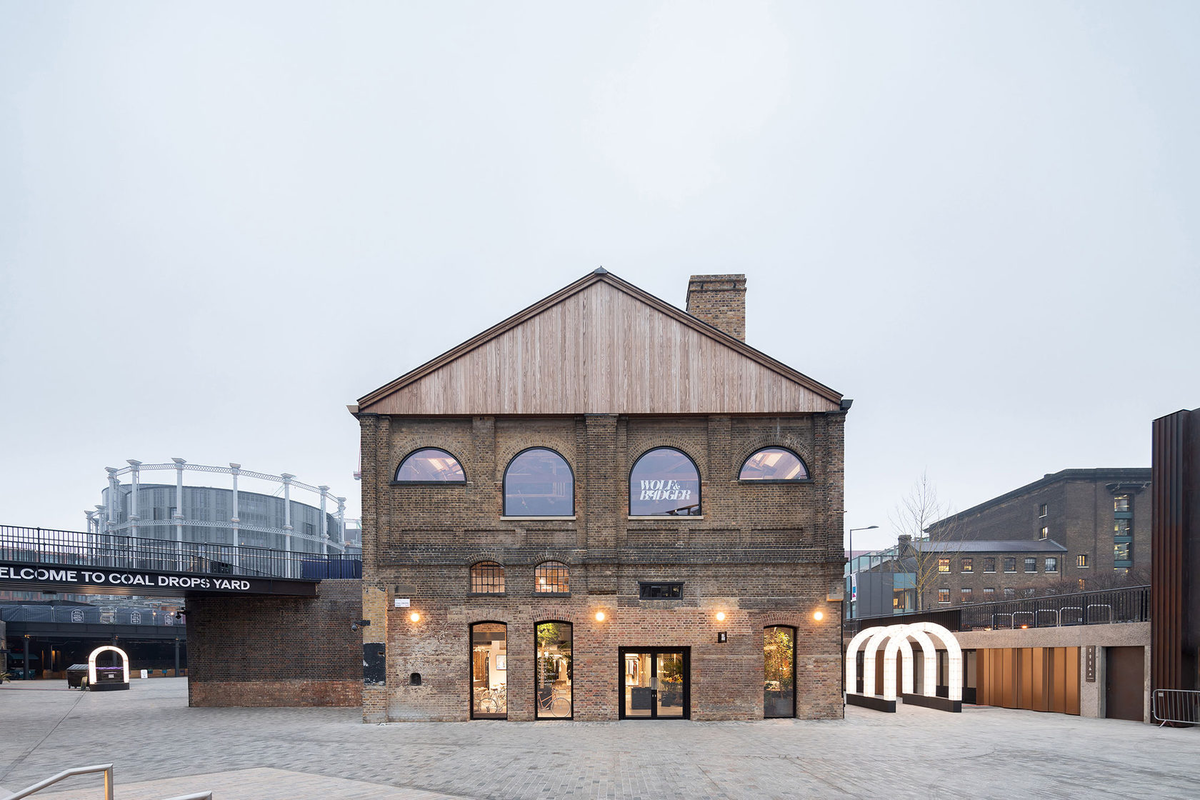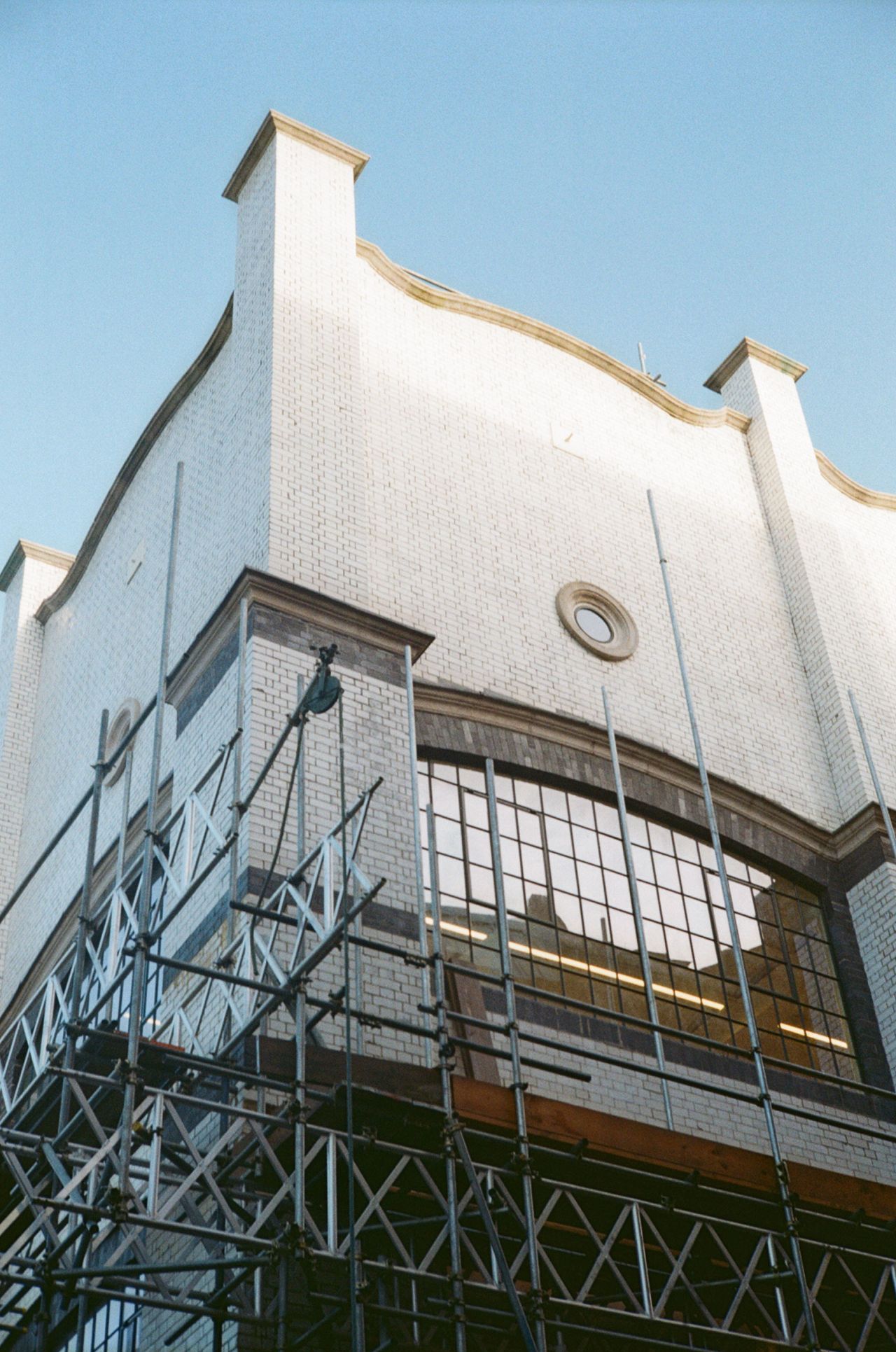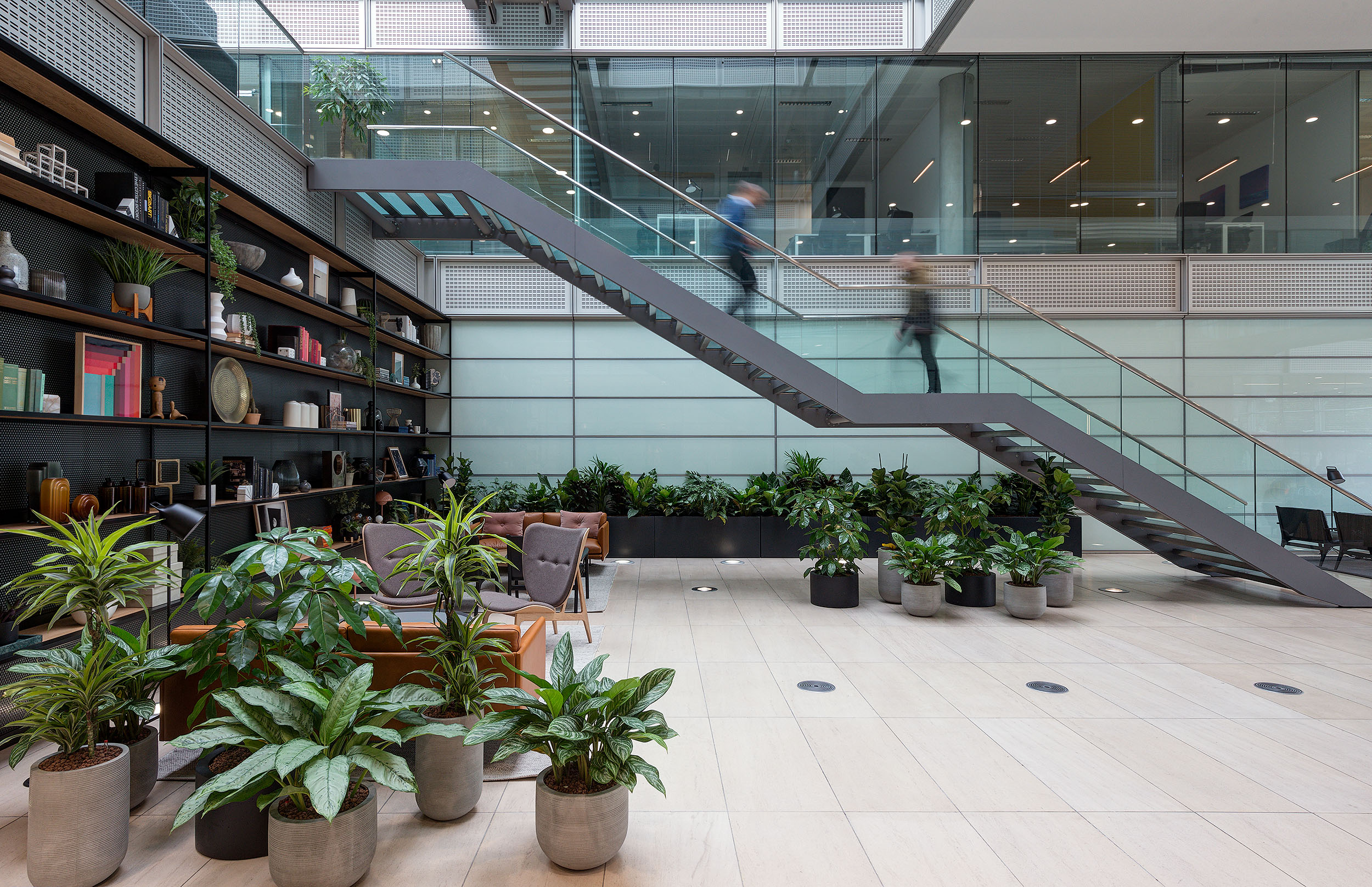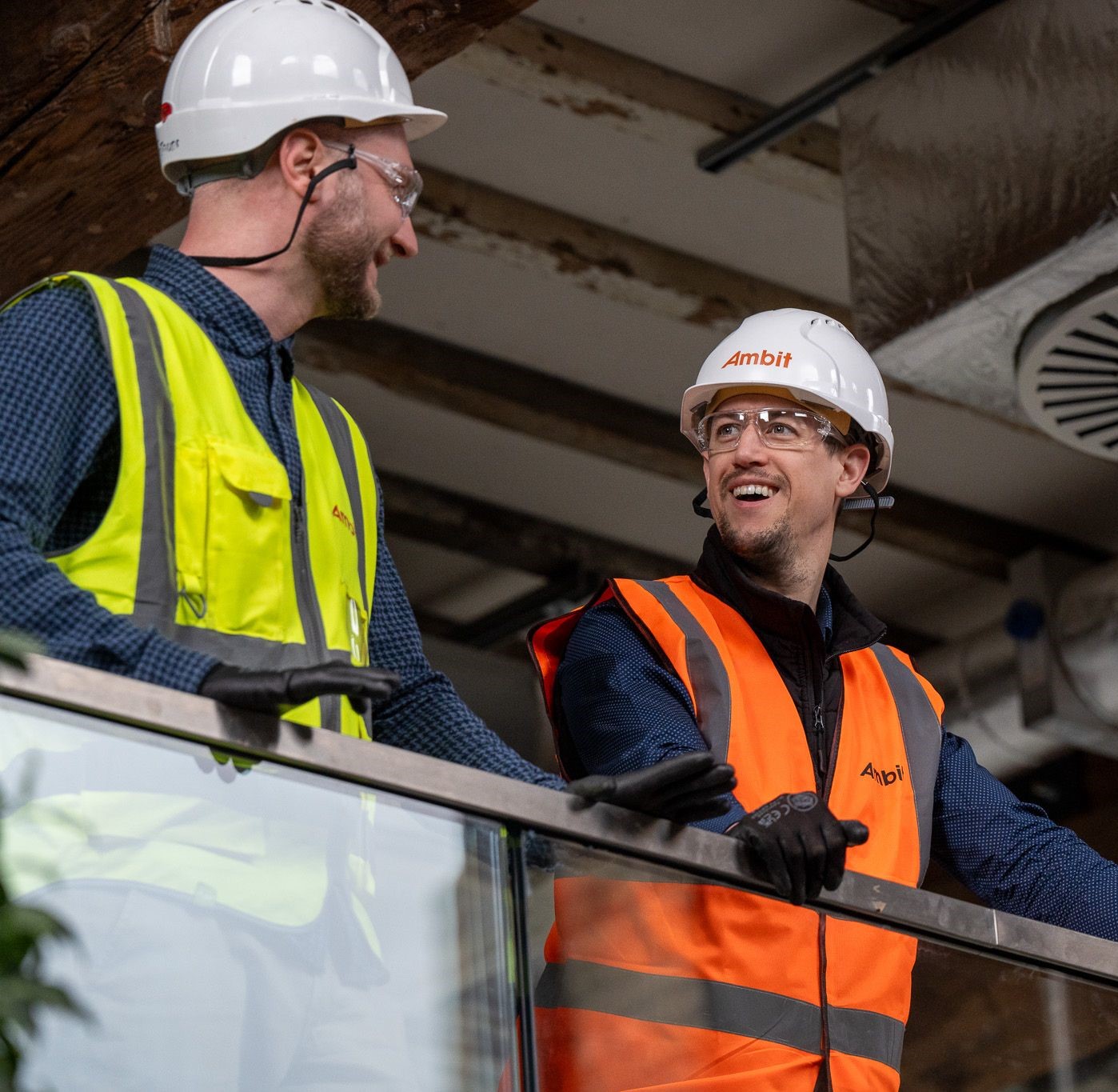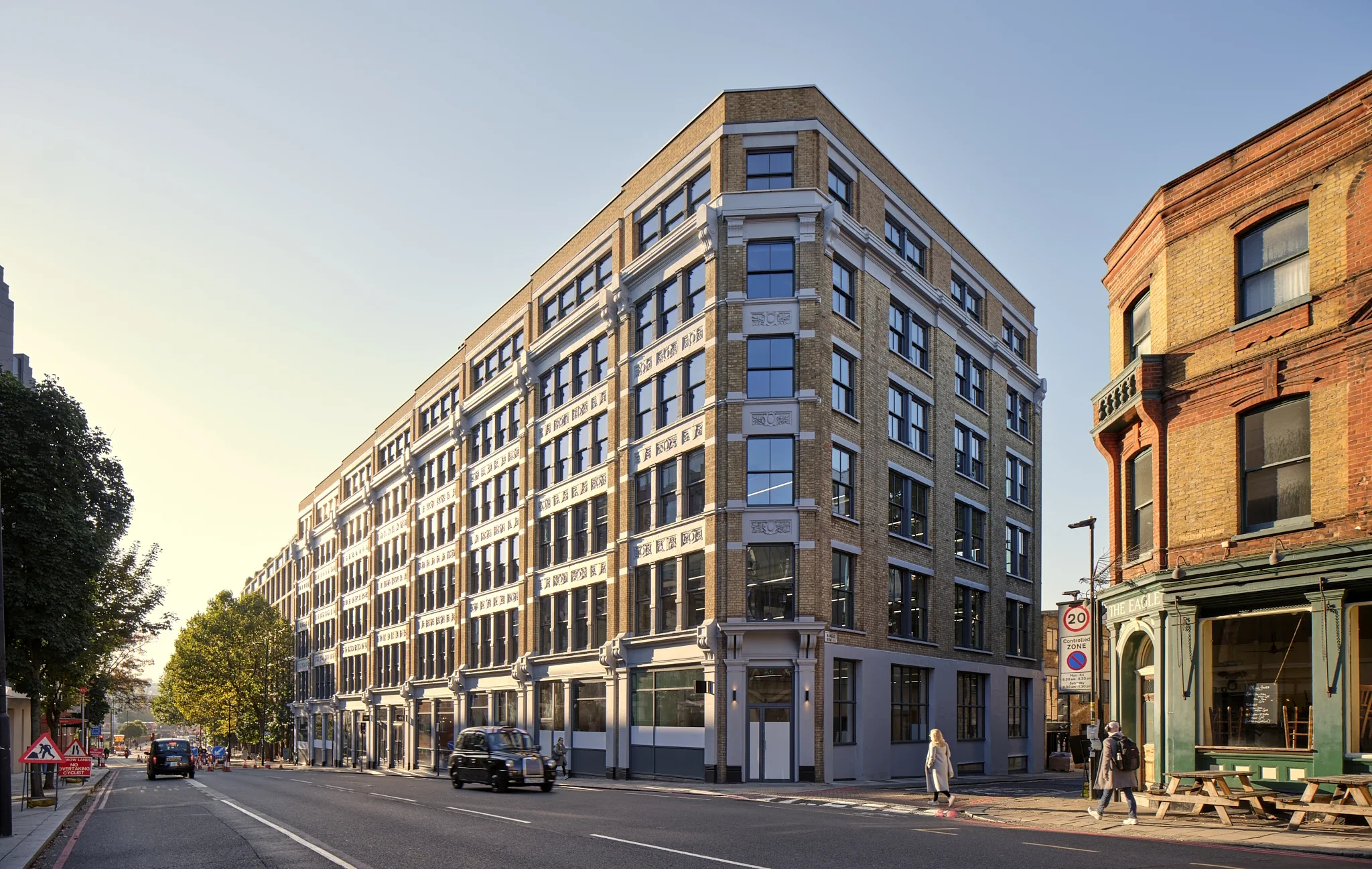How Rochester Row Delivered Circular Construction Results in March
Circular construction on live sites often raises questions: Can reuse and recycling be scaled effectively without adding complexity or cost? At Rochester Row in March 2025, the answer was yes, demonstrated by audited results across timber, concrete, glass, and brick.
Working alongside Northvale Construction, we delivered a fully circular approach to strip-out works, recording every diverted material and confirming its route back into supply chains.
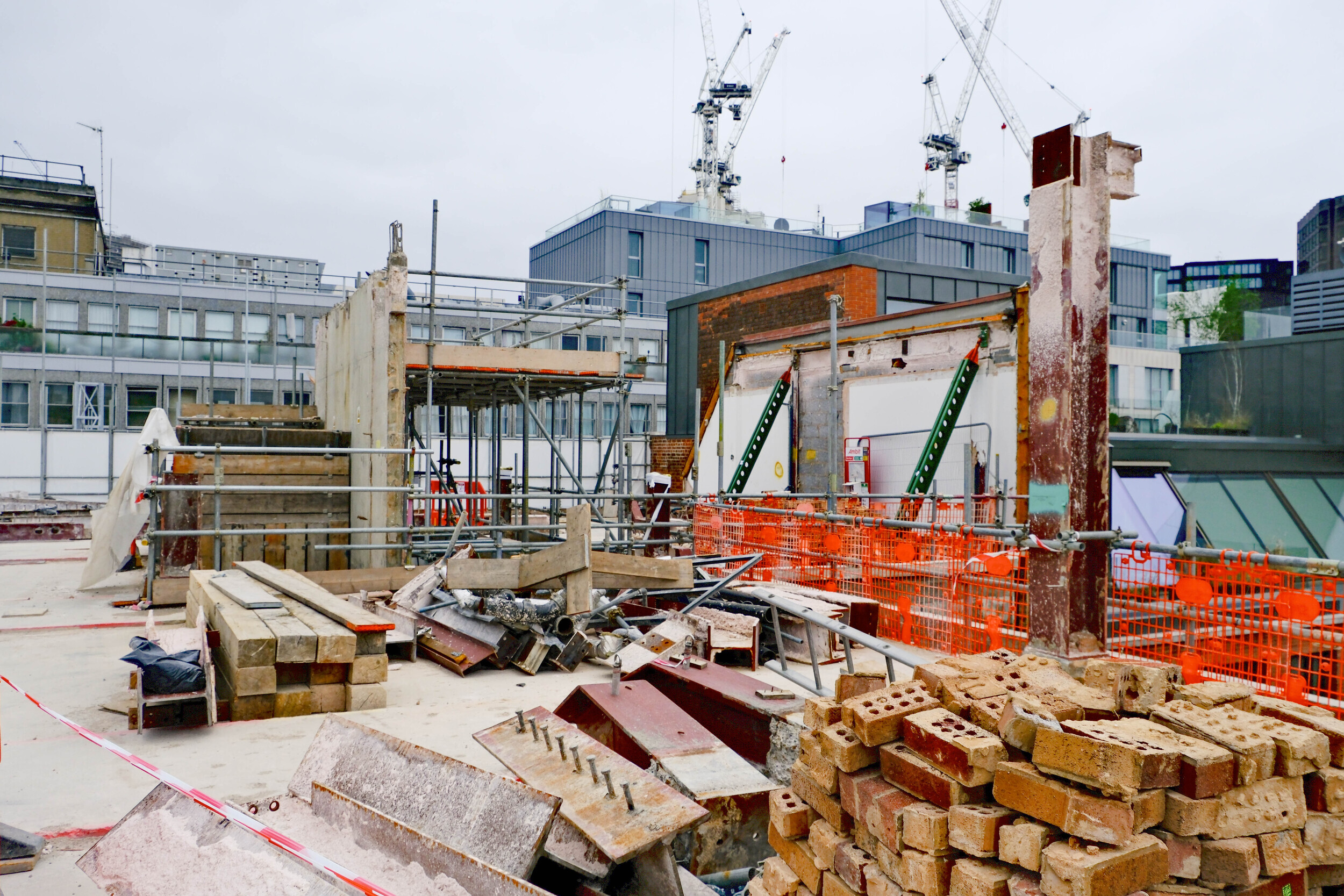
Recycled and Reused Materials
Concrete – 60.5 tonnes
Collected across five loads between 11 and 28 March, all material was transported to Holcim’s Morden Wharf Depot and processed through their EcoCycle programme. Each batch was recycled into 4–20mm aggregate via London Concrete. Holcim issued a Circularity Management Certificate for this process, confirming alignment with Directive 2008/98/EC, ISO 9001:2015 and BS EN 15978:2011.
Timber – 7.2 tonnes
Four separate collections were made through Community Wood Recycling. Of this, 2.9 tonnes (40%) were graded for high-quality reuse, e.g. in DIY or pallet production. The remaining 4.3 tonnes (60%) were chipped and recycled. No material was recorded as low-grade reuse. The overall recycling rate for timber was 100%, well above the UK average of under 70%.
Brick – 2,000+ units
Bricks removed during structural works were retained for reuse in the new façade. This approach builds on lessons from earlier reuse-led projects, including The Waterman, where bricks were similarly salvaged and reintegrated during refurbishment. The circular construction process reduces demand for new materials, shortens supply chains, and supports architectural continuity across retained structures.
Glass – 6 tonnes
The glass collected on site was routed to Saint-Gobain’s closed-loop Forever Glass scheme. This continues our collaboration with Saint-Gobain on glass recovery, following the successful integration of their recycling processes on previous schemes. Closed-loop recovery ensures the material remains within the building sector, rather than being downcycled or diverted to general waste.
Collection, Emissions and Process Efficiency
All five concrete skip loads ranged from 11.34 to 12.68 tonnes, with an average weight of 12.1 tonnes. The full set of collections required 230 minutes of on-site time, under four hours in total. Transport emissions per collection averaged 25.15 kg CO₂e, with the total impact significantly reduced by proximity to the processing depot and batch scheduling.
When comparing embodied carbon:
- Recycled aggregate produced through this route: 2.08 kg CO₂e/tonne
- Virgin aggregate equivalent: 22.28 kg CO₂e/tonne
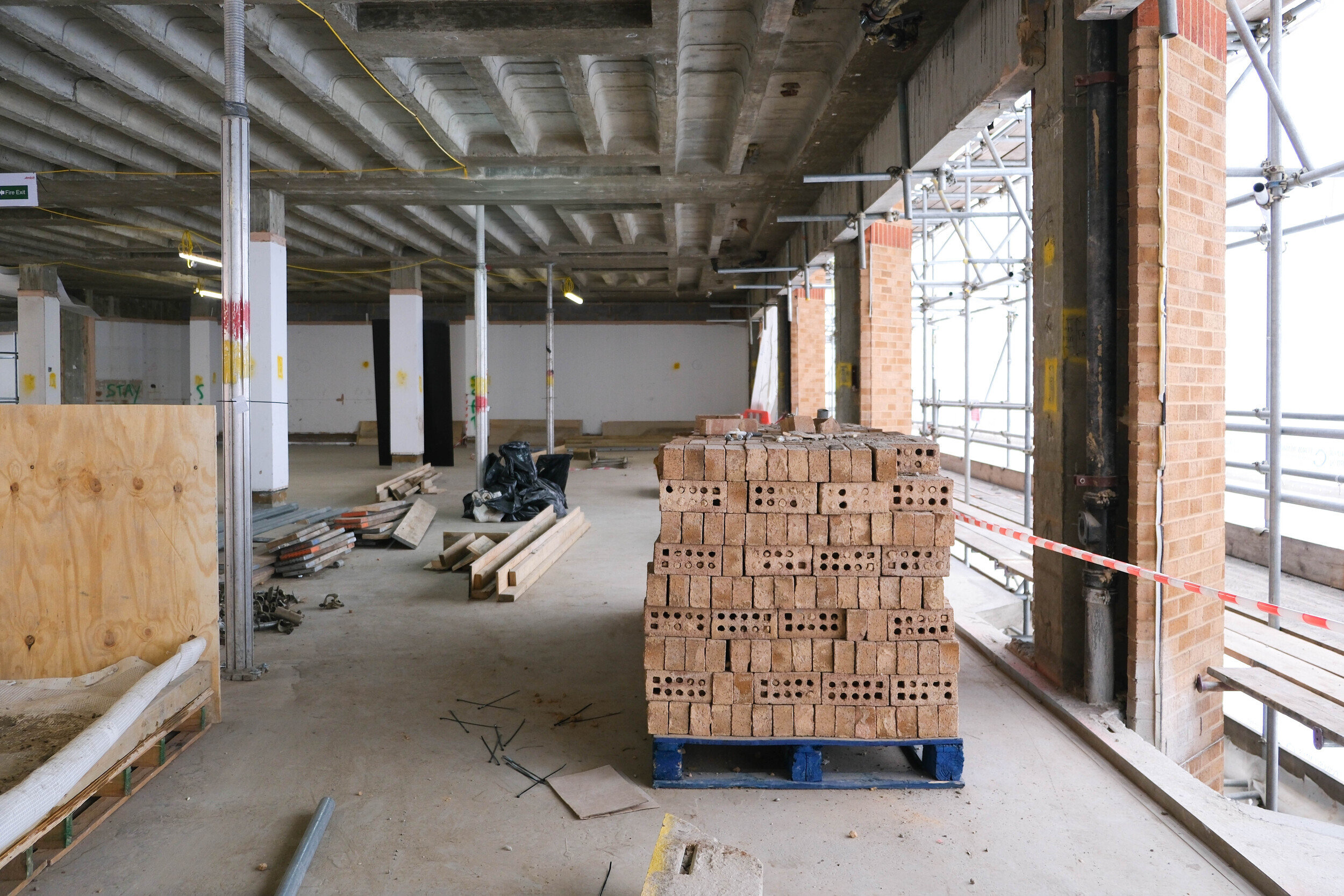
Delivery at No Extra Cost
All initiatives were delivered at cost parity with a standard demolition and bin collection strategy. No additional budget was required to support material segregation, reuse routing or certified processing.
The site’s results show that circular construction, done transparently and in line with standards, can be scaled without cost barriers. Every tonne was accounted for, every stream traceable, and no material went to landfill.
For more information on how this model can be applied to upcoming sites, contact [email protected].

